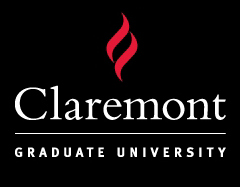Abstract
The conflict between materialism and spiritualism has a long and sordid philosophical history. Both schools of thought attempted to address the problems of the unknown through varying methods. There are two figures, who i their own ways, one subtle ad the other not so subtle rejected both means. Helena Petrovna Blavatsky sought to counter Spiritualist claims by venturing into her own occult philosophy—Theosophy—seeking to uncover spiritual truths, debunking religious traditions as well as seeking to undermine scientific materialism that had begun to sweep the intellectual life of the 19th century. To do so, she claimed to have translated an ancient book which revealed the absolute root of mankind through occult means, though she never produced the full text. Howard Phillips Lovecraft, the science fiction author who proudly declared himself as an atheist and a materialist, a staunch supporter of Thomas Henry Huxley's materialism and a fervent foe of any sort of religious claim, nonetheless also produced a book of which the text was never revealed. Lovecraft, by using many of the same precepts of the Theosophists, that the current state of man is but one stage in a cosmic cycle, produced a work known as the Necronomicon. The difference, it shall be made clear is that Lovecraft openly admitted his book was a fiction, of which an actual manuscript did not exist and were merely scattered parts found within his stories that he used to distill through myth the reality of the human condition as inconsequential in the totality of time and space, while all the while referring to concepts that Blavatsky outlined. Lovecraft controverts the Theosophist by using her same method, employing it more honestly, and creates his own mythology in order to show that it is invented and supposed supernatural forces are merely, as Richard Dawkins now puts it, “ the natural yet unexplained.”
DOI
10.5642/lux.201303.14
Recommended Citation
Reis, Brian J.
(2013)
"Structurally Cosmic Apostasy: The Atheist Occult World of H.P. Lovecraft,"
LUX: A Journal of Transdisciplinary Writing and Research from Claremont Graduate University:
Vol. 3:
Iss.
1, Article 14.
Available at:
https://scholarship.claremont.edu/lux/vol3/iss1/14
Included in
Literature in English, North America Commons, Philosophy Commons, Religious Thought, Theology and Philosophy of Religion Commons
